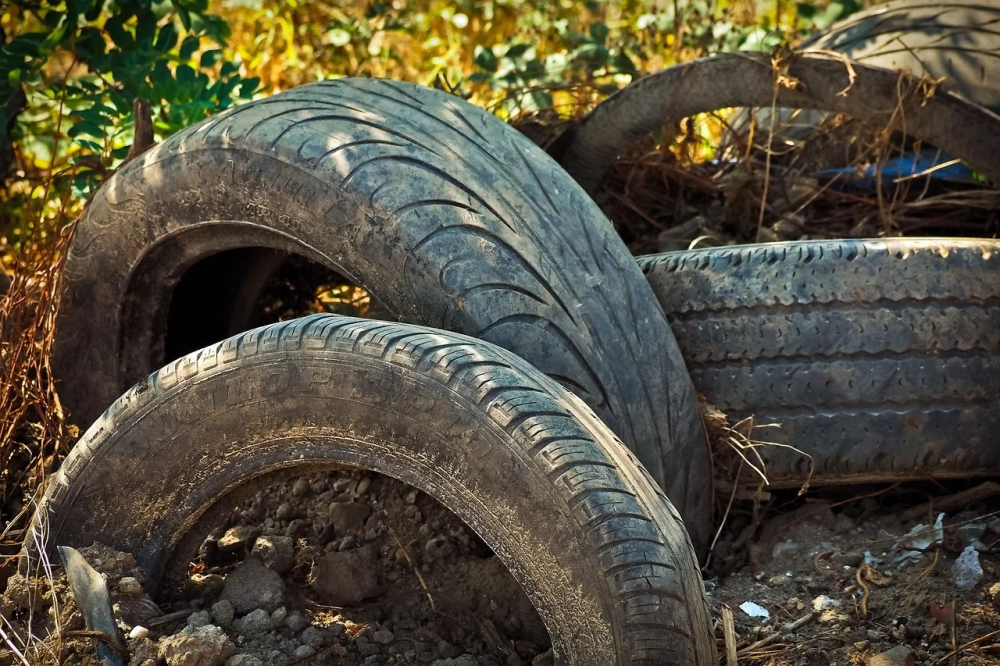When should you change your tires? A comprehensive guide to maintaining safe driving
Tires are one of the most important components of your car, and they directly affect the safety and comfort of driving. Many drivers wonder when it is the right time to change their tires. There are several factors to consider to ensure that your tires are in good condition, as follows:
1. Tread Depth
Tread depth is one of the main indicators of the condition of your tires. It is recommended to change your tires when the tread depth reaches 1.6 mm or less. Tread contributes to improved grip on the road, especially in wet or slippery conditions. You can use a tread depth gauge or even a coin to measure it. If the tread becomes worn, you may lose control of your vehicle while driving.
2. Tire Life
Even if your tires are not worn, age plays an important role. Most manufacturers recommend replacing tires after 6 to 10 years from the date of manufacture. Over time, the rubber deteriorates and becomes less flexible, which can affect tire performance. You can find the date of manufacture of a tire by reading the identification number on the side of the tire.
3. Uneven wear
A tire may wear unevenly if the wheel alignment is incorrect or if the air pressure is incorrect. If you notice that one side of the tire is wearing more than the other, it is best to check the tires and replace them if necessary. Make sure to perform regular wheel alignment maintenance and check the air pressure.
4. Cracks and cuts
Tires are exposed to environmental factors, such as heat and sunlight, which can cause cracks in the tire sidewalls. If you notice cracks or cuts on the surface of the tires, this may be a sign that the tires are starting to deteriorate and should be replaced to avoid problems while driving.
5. Vibrations While Driving
If you feel abnormal vibrations while driving, the cause may be worn or unbalanced tires. If the vibration persists after checking the balance and alignment, there may be a problem with the tire itself and may need to be replaced.
6. Weather and Climate Conditions
Weather and climate conditions greatly affect tire performance. In hot areas, tires may deteriorate faster due to constant exposure to heat, increasing the likelihood of tire blowouts. In areas with severe winter conditions, you may need to use snow tires or change them more quickly if the tread wears out.
Conclusion
Timely tire replacement is essential to your safety and the safety of others on the road. Be sure to check the tread depth, check the tire age, monitor any signs of uneven wear, and monitor the overall condition of the tire regularly. If you are in doubt about the condition of your tires, it is best to consult a professional for an inspection.


